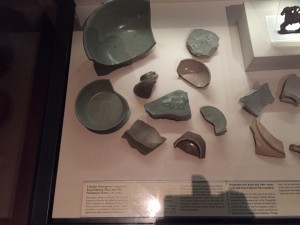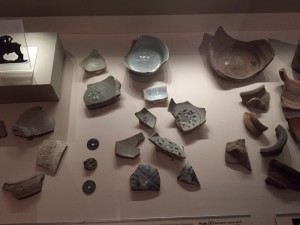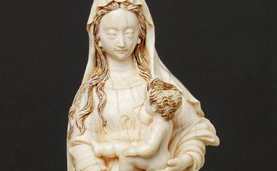art is just another profession. no less, and no more amazing than say business, accountancy, or engineering. it’s not a very complex concept. it’s merely work.
i just happen to like my work a little more than people who happen to have their work in business, accountancy, or engineering.
does colonialism exist today?
according to Wikipedia, “colonialism is the establishment, exploitation, maintenance, acquisition, and expansion of colony in one territory by a political power from another territory.” Collins English Dictionary defines colonialism as “the policy and practice of a power in extending control over weaker people or areas.” and the Merriam-Webster Dictionary offers four definitions, including “something characteristic of a colony” and “control by one power over a dependent area or people.”
colonialism still exists today. just, maybe not the way we imagine it. there are some countries listed as Non-Self-Governing Territories, but more interestingly, i want to discuss about neocolonialism.
Neocolonialism is the geopolitical practice of using capitalism, business globalization, and cultural imperialism to influence a country, instead of either direct military control (imperialism) or indirect political control (hegemony). one of the theories for neocolonialism is the dependency theory. it proposes that the global economic system comprises of wealthy countries at the center, and poor countries at the periphery. wealthy countries extract human and the natural resources of a peripheral (poor) country to flow to the economies of the wealthy countries at the center of the global economic system. the gist of the theory is that these peripheral countries provide natural resources, cheap labour, a destination for obsolete technology, and markets for developed nations, without which the latter could not have the standard of living they enjoy. and on the other hand, wealthy nations actively perpetuate a state of dependence by various means. This influence may be multifaceted, involving economics, media control, politics, banking and finance, education, culture, and sport. in other words, the poor countries are stuck in a perpetual loop of poverty.
A quick summary of the dependency theory here: https://www.youtube.com/watch?v=JN6LlMY2ApQ
in some ways, it is as if these peripheral countries are still under control of the core wealthy countries. the peripheral countries may not be under direct control of the core countries, but they are still heavily reliant on their relationship, so much so that (it is suggested) the peripheral countries are unable to function (or maintain their current [already low] standard of living).



